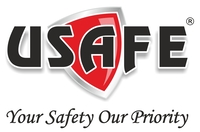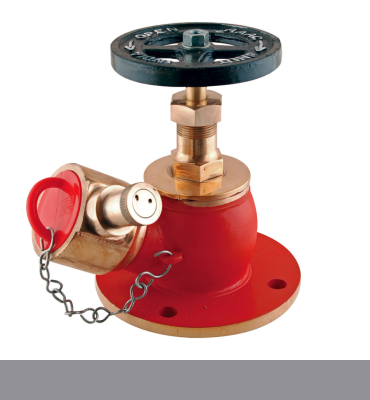Fire Hydrant Valves
When it comes to protecting lives and property from fires, United Fire and Safety is the place to turn for dependable fire safety solutions. Fire hydrant valves are a crucial part of fire safety, and we want to tell you all about them.
Understanding Fire Hydrant Valves
The Basics
Fire hydrant valves, sometimes called fire hydrants, are really important in firefighting systems. They connect to water supply lines and are put in places that are easy for firefighters to reach. When there’s a fire, these valves help get a lot of water to put out the flames fast.
Types of Fire Hydrant Valves
- Dry Barrel Fire Hydrants: These are used in places where it’s really cold. They keep the valve below the ground so the water doesn’t freeze inside and stop it from working.
- Wet Barrel Fire Hydrants: In milder climates, the valve is above ground because it’s less likely to freeze.
- Pumper Connection Hydrants: These hydrants have extra connections for fire trucks to attach hoses and get water quickly.
- Flush Hydrants: These hydrants are flat with the ground when not in use. They’re good for places with lots of traffic where a sticking-out hydrant could be dangerous.
Components of a Fire Hydrant Valve
A fire hydrant valve has parts like:
- Bonnet: The top part of the hydrant where the valve control is.
- Operating Stem: This is what turns the water on and off.
- Valve Seat: It’s where the valve closes to stop the water flow.
- Barrel: The main body of the hydrant that holds water.
- Nozzle: This is where the water comes out, usually through a hose.
- Piping and Connections: These help the hydrant connect to the water supply.
Why Fire Hydrant Valves Are Important
Fire hydrant valves are really important for a few reasons:
Quick Water Supply
When there’s a fire, time is super important. Fire hydrant valves give firefighters quick access to water, which helps them put out fires fast. This can make the difference between saving the day and big damage.
Reliable Firefighting
Fire hydrant valves are built to give a lot of water, consistently. This makes sure that firefighters have enough water to fight fires, even when it’s really tough.
Versatility
Different kinds of fire hydrant valves work in different places and weather. They’re useful in cities and the countryside because they can adapt to different needs.
Easy to Reach
Fire hydrants are put in places where firefighters can easily find them, usually along roads. This way, they can connect their hoses and start fighting fires without wasting time looking for water.
Safety for Everyone
Fire hydrants don’t just protect buildings; they save lives. They give a reliable water source to put out fires, making it safer for people in burning buildings and for the firefighters.
United Fire and Safety: The Company to Trust
When it comes to fire hydrant valves, United Fire and Safety is your best choice for quality, trustworthiness, and great service. Here’s why we’re the ones to trust:
We Know Our Stuff
Our team at United Fire and Safety has been working in fire safety for a long time. We understand how important fire hydrant valves are in a complete fire protection system. Our experts can help you choose the right type for your needs.
Top-Quality Products
We only stock the best fire hydrant valves that meet really high quality standards. We work with well-known manufacturers to make sure our products are strong, dependable, and last a long time.
Custom Solutions
We know that every place has different fire protection needs. We work closely with you to make fire hydrant valve solutions that fit your needs perfectly.
Maintenance and Service
We don’t just sell fire hydrant valves; we also maintain and service them to make sure they work when you need them. Regular checks and servicing are really important to keep them reliable during emergencies.
We Follow the Rules
We understand all the local fire safety rules and standards. You can trust us to give you fire hydrant valves that meet all the requirements, so your fire protection system follows the rules.
In the world of fire safety, fire hydrant valves are incredibly important. They’re the first line of defence against fires, and they’re crucial for saving lives and property. United Fire and Safety is your trusted partner to make sure your fire protection system has the best fire hydrant valves and that they’re always ready for action with regular maintenance. With United Fire and Safety, you can be sure that you have a dependable partner in keeping people and property safe from the destructive effects of fire. Get in touch with us today to learn more about our fire hydrant valve solutions and how we can customise them for your specific needs. Your safety is what matters most to us.





